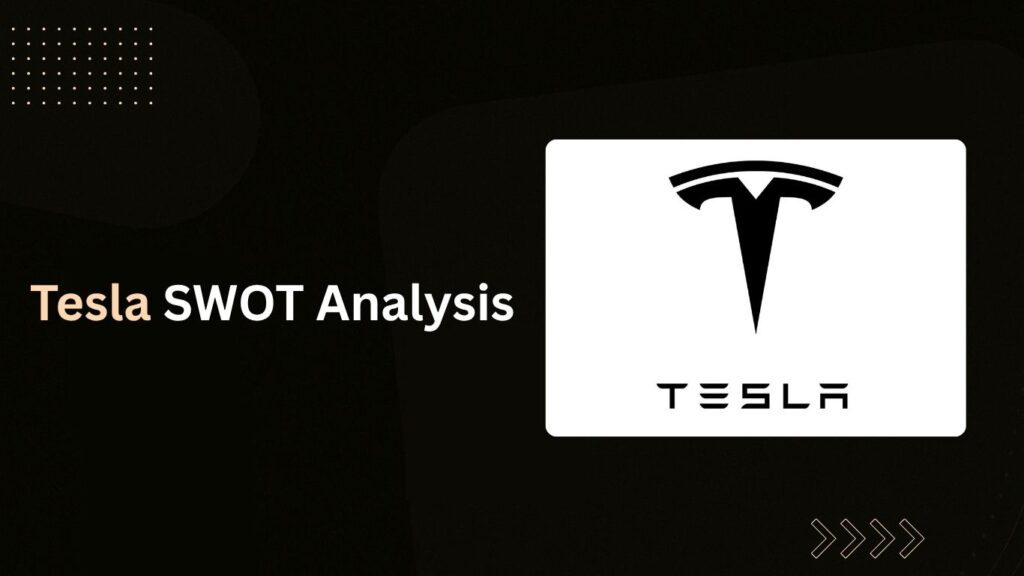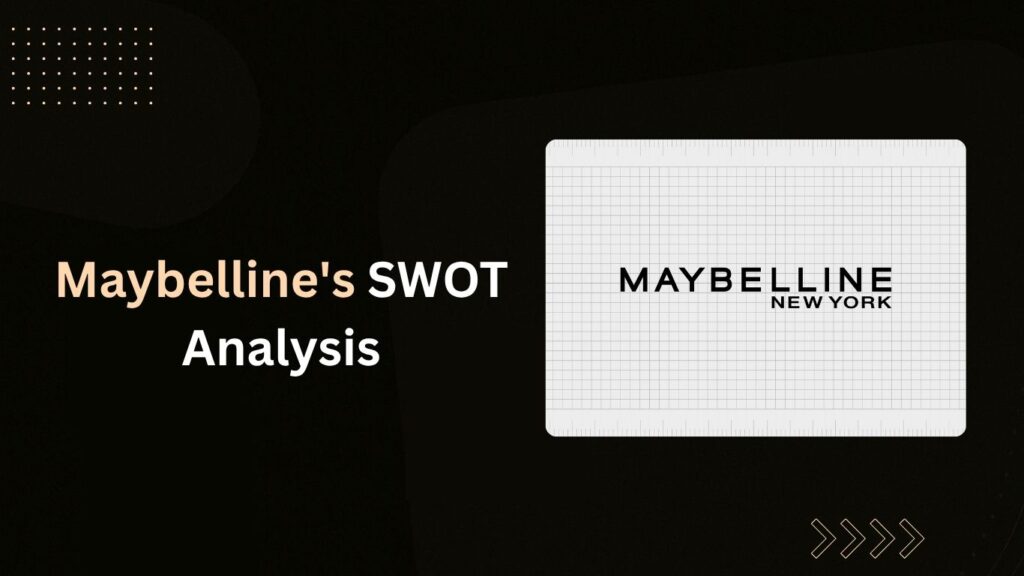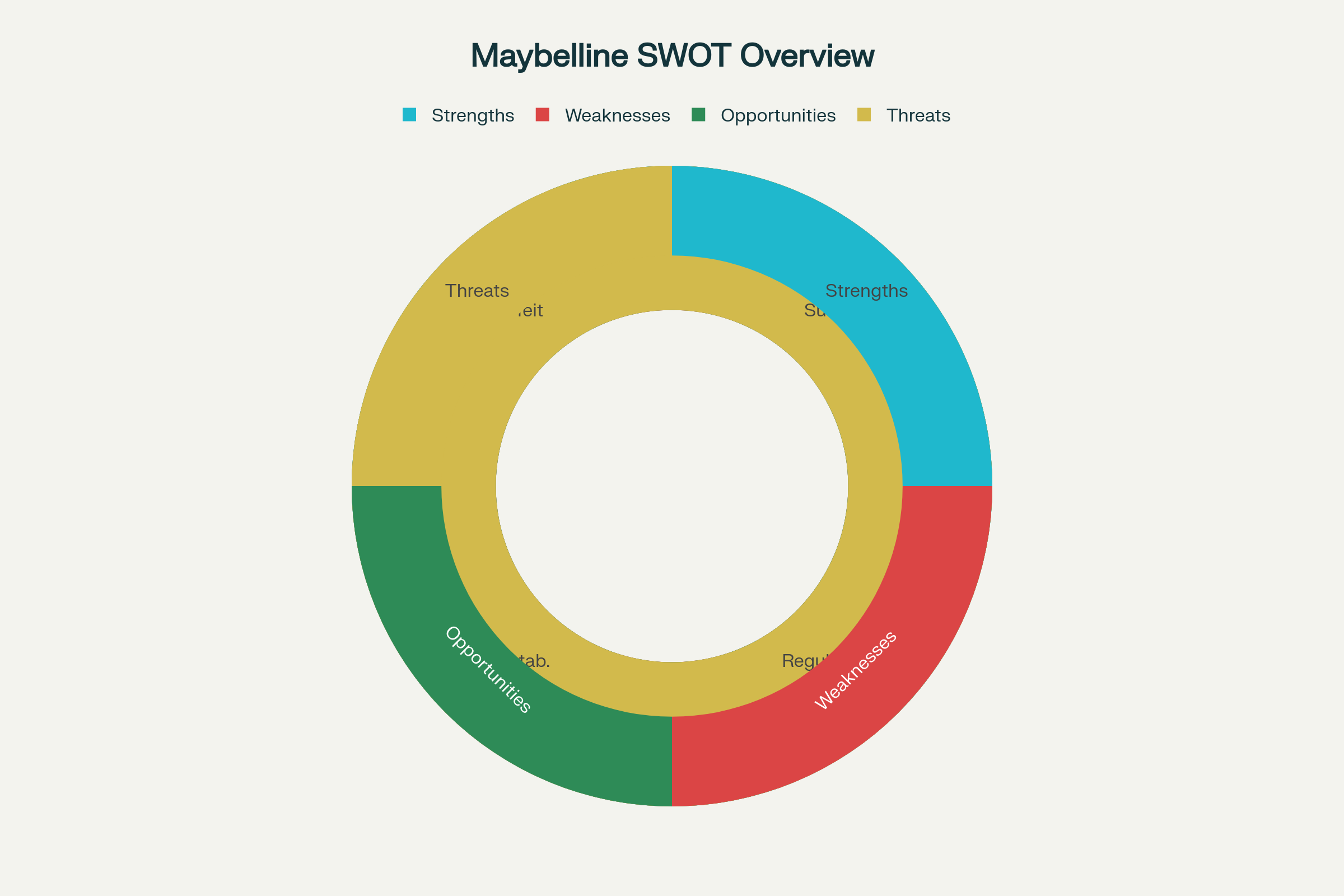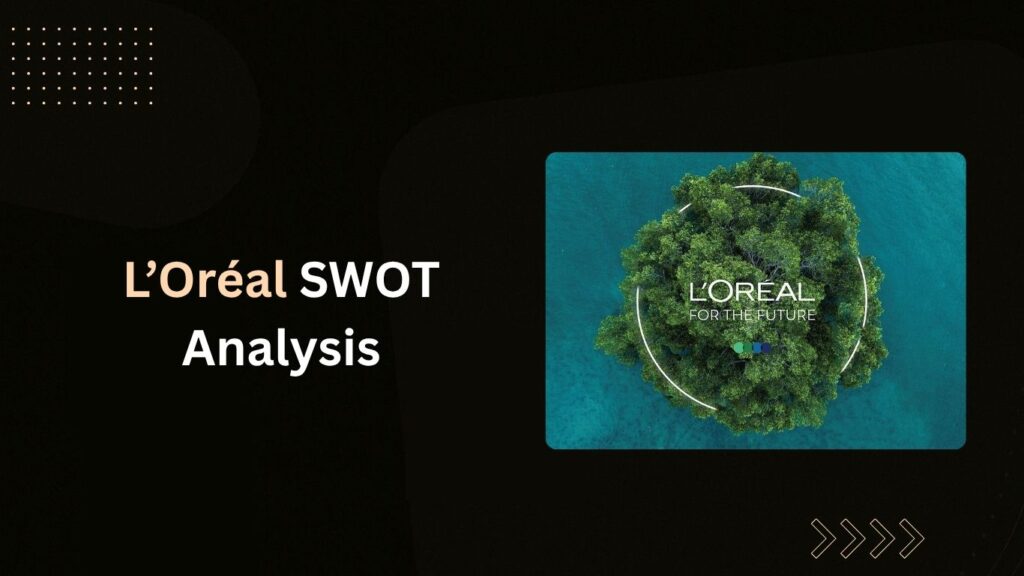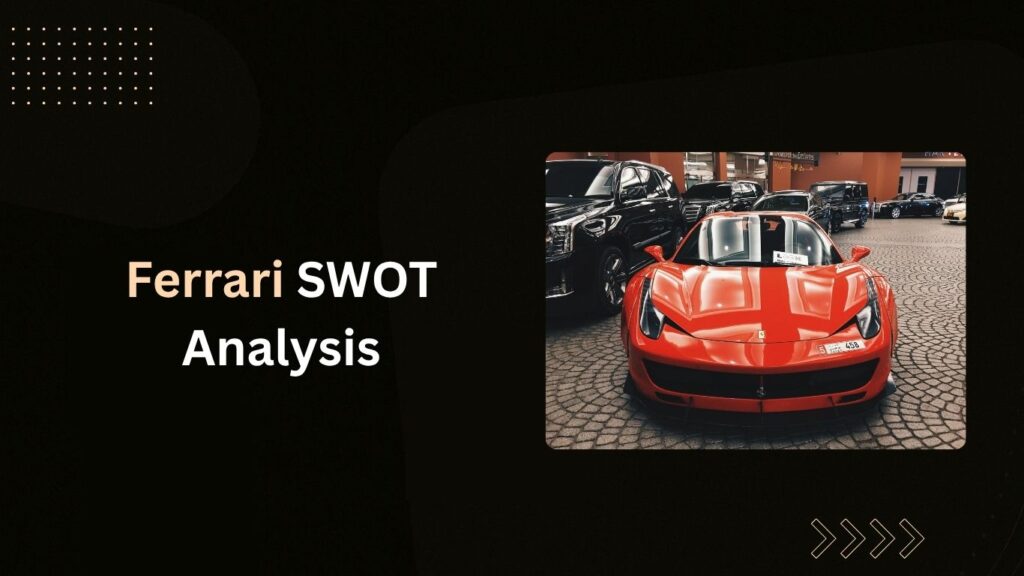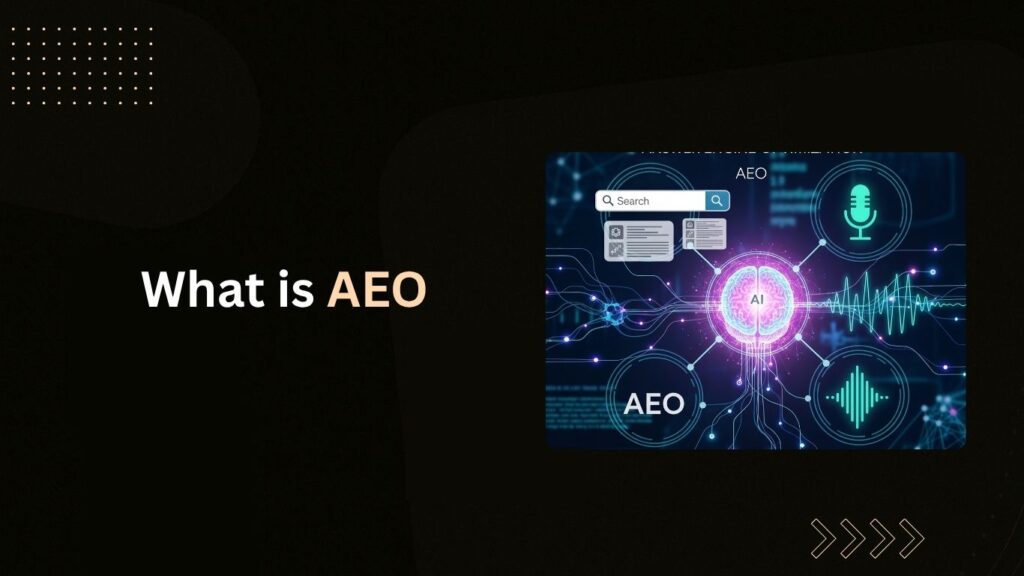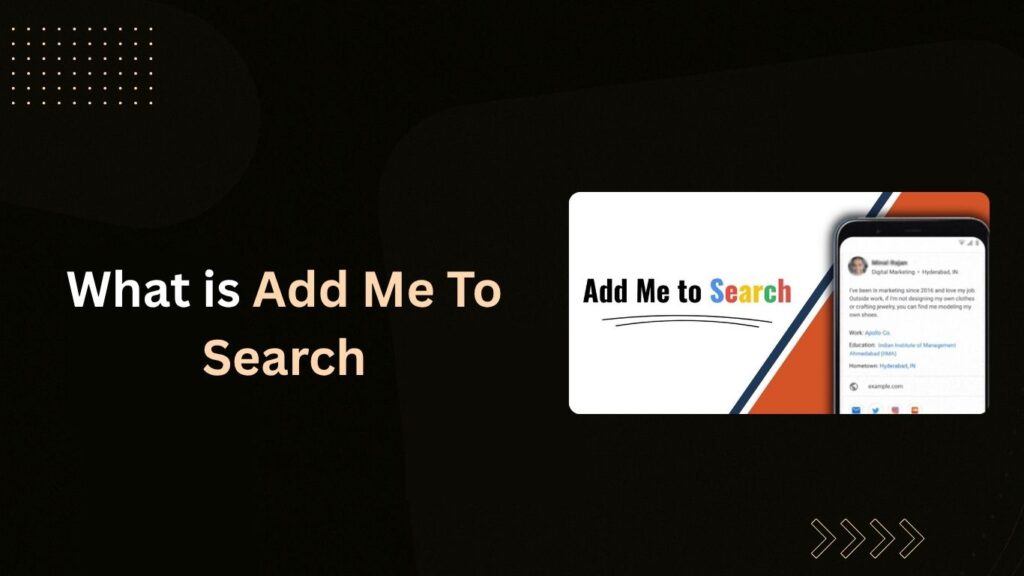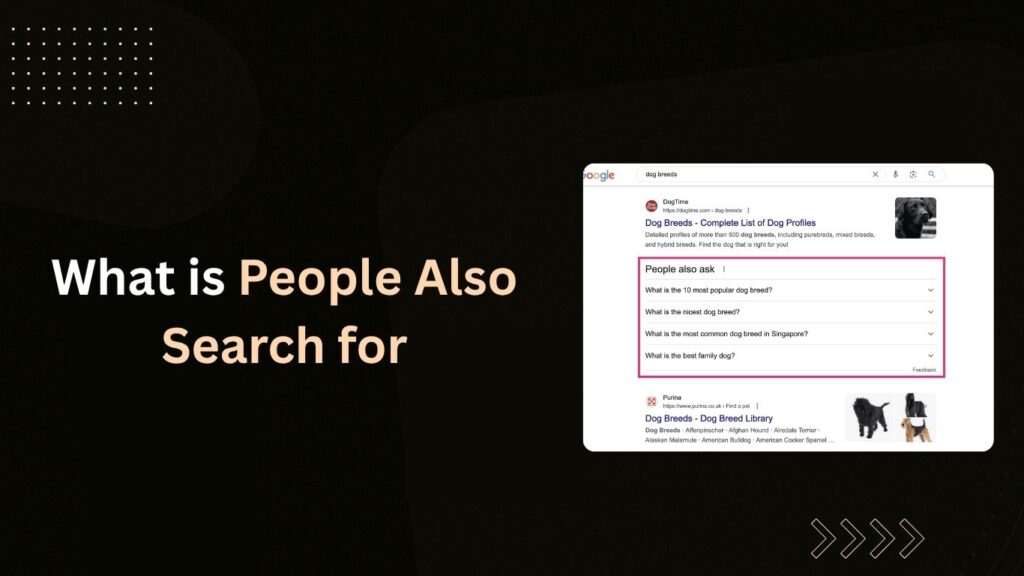Tesla SWOT Analysis
Tesla Inc., the trailblazer of the electric vehicle (EV) revolution, has not only redefined the automobile industry but has also emerged as a symbol of innovation, sustainability, and disruptive technology. Founded in 2003, Tesla has grown exponentially under the visionary leadership of Elon Musk, transforming from a niche EV startup into a global automotive and energy powerhouse.
Elon Musk, often referred to as the real-life Tony Stark, has played a pivotal role in Tesla’s meteoric rise. His relentless drive for innovation and a sustainable future has positioned Tesla as a market leader in the clean energy and EV sectors. From groundbreaking battery technology to autonomous driving innovations, Tesla continues to shape the future of transportation.
Conducting a SWOT Analysis of Tesla helps in understanding its current position, evaluating its business strategies, and identifying future growth areas. This blog offers an in-depth Tesla SWOT analysis—breaking down the strengths, weaknesses, opportunities, and threats the company faces. Whether you’re an investor, an EV enthusiast, or a competitor, this Tesla SWOT analysis will give you valuable insights into the strategic framework of Tesla.
Tesla: Company Snapshot

Tesla Inc. was founded in 2003 by a group of engineers who wanted to prove that electric vehicles could be better, quicker, and more fun to drive than gasoline cars. Headquartered in Palo Alto, California (now Austin, Texas), Tesla designs and manufactures electric vehicles, battery energy storage systems, solar panels, and related products.
Key Products:
- Model S (luxury sedan)
- Model 3 (affordable sedan)
- Model X (luxury SUV)
- Model Y (compact SUV)
- Cybertruck (upcoming)
- Tesla Semi (electric truck)
- Roadster (next-gen supercar)
Energy Products:
- Powerwall (home battery)
- Powerpack and Megapack (commercial energy storage)
- Solar Roof and Solar Panels
Tesla’s Mission: “To accelerate the world’s transition to sustainable energy.”
This mission is not only reflected in Tesla’s product portfolio but also in its aggressive R&D efforts and global expansion into renewable energy markets.
SWOT Analysis of Tesla

Strengths
Strong Brand and Global Recognition
Tesla has become a household name, almost interchangeable with electric vehicles. Its reputation for innovation and sustainability gives it a cult-like status among consumers and investors.
Example: In 2023, Interbrand ranked Tesla 8th among the world’s most valuable brands, valuing it at over $66 billion. The Model 3 was also the best-selling EV globally, highlighting its broad appeal.
Technological Innovation and R&D Leadership
Tesla continuously pushes the boundaries of EV technology—from software and battery tech to self-driving AI. Its Full Self-Driving (FSD) beta is being trained with real-world data, and the Dojo Supercomputer is designed to enhance AI training further.
Example: The Model S Plaid is the fastest production car in the world. Over-the-air updates allow Tesla to add new features or fix issues remotely—an industry first that disrupts traditional car maintenance.
Vertical Integration and Gigafactory Efficiency
Unlike traditional automakers that rely heavily on third-party suppliers, Tesla controls much of its supply chain—from battery manufacturing to vehicle assembly.
Example: Gigafactory Shanghai became Tesla’s most productive plant, producing over 750,000 vehicles in 2022, and it was built in under a year—a remarkable feat in the auto industry.
Elon Musk’s Visionary Leadership
Love him or hate him, Elon Musk has been a magnetic force behind Tesla’s rise. His risk-taking approach, coupled with constant engagement with the public and investors, fuels Tesla’s bold ambitions.
Example: When Musk unveiled the Cybertruck in 2019, it received 146,000 preorders within 48 hours, purely from online interest.
First-Mover Advantage in Premium EV Market
Tesla took electric mobility seriously when most automakers were still focused on gasoline or hybrids. It quickly built a strong base in key markets like North America and Europe.
Example: Tesla currently leads the U.S. EV market with a 60%+ share as of 2023, way ahead of legacy competitors like Ford or GM.
Direct-to-Consumer Sales Model
Tesla disrupted the dealership model by selling directly to customers through its online platform and brand-owned showrooms. This improves margins and customer experience.
Example: During the COVID-19 lockdowns, Tesla’s online-only model allowed continuous vehicle sales while traditional dealers struggled with closures.
Weaknesses
High Vehicle Prices (Limited Affordability)
Even with price cuts, Tesla vehicles remain costly for many middle-class buyers, especially in emerging markets.
Example: The Model 3, Tesla’s most affordable car, still starts at over $40,000—a high entry point for price-sensitive customers in countries like India or Brazil.
Production and Supply Chain Challenges
Tesla has faced several production delays due to global chip shortages, design overhauls, and ramp-up inefficiencies.
Example: The Cybertruck, announced in 2019, has missed multiple launch dates and was still awaiting mass production in 2024 due to design and supply issues.
After-Sales Service Quality Concerns
Tesla’s service network has struggled to keep pace with its rapid vehicle sales. Many customers report long wait times and inconsistent service quality.
Customer Complaint: A 2022 J.D. Power study ranked Tesla below industry average in customer satisfaction for after-sales service.
. Overdependence on Elon Musk
While Musk’s leadership is a strength, it also exposes Tesla to risks. His public actions and opinions frequently influence Tesla’s stock and public perception.
Musk’s appearance on the Joe Rogan podcast in 2018, where he smoked marijuana, caused Tesla’s stock to dip significantly. His involvement with Twitter/X has also raised concerns about divided focus.
Limited Product Variety Compared to Legacy Automakers
Tesla’s current vehicle lineup is narrow compared to automakers like Toyota or Ford, which offer sedans, hatchbacks, trucks, SUVs, and commercial vans.
Current Lineup: Tesla mainly sells the Model S, 3, X, Y, and the upcoming Cybertruck and Roadster—a far cry from the 20–30 models available through legacy brands.
Opportunities for Tesla
Rising Global Demand for Electric Vehicles (EVs)
With climate change at the forefront and countries committing to net-zero targets, electric vehicle adoption is accelerating globally.
- Stat Insight: EVs made up 14% of total global car sales in 2023, expected to rise to 25% by 2025.
- Tesla’s Advantage: As a leader in EV innovation, Tesla is well-positioned to ride this wave. Its growing lineup, including the Cybertruck and Model Y, targets multiple demographics.
- Why It Matters: Consumers are shifting to eco-conscious choices, and governments are backing the transition with incentives, making EVs more appealing.
Entry into Emerging Markets – Especially India
India is on the brink of an EV revolution, and Tesla has set its sights on capturing this untapped potential.
- Key Developments:
- Tesla has registered a subsidiary in Bengaluru.
- Discussions are ongoing to establish a manufacturing plant, potentially in Gujarat or Maharashtra.
- Market Potential: India is poised to become the third-largest auto market globally.
- Opportunity Amplified: The Indian government is offering production-linked incentives (PLIs), slashing import duties, and promoting EV adoption — all of which favor Tesla’s entry.
Expansion of Tesla Energy – Solar and Storage Solutions
Beyond cars, Tesla is transforming energy generation and storage through Powerwall, Megapack, and Solar Roof systems.
- Real Impact: After Hurricane Maria, Tesla’s solar microgrids helped restore power in Puerto Rico — showcasing the reliability of its energy solutions.
- Home Energy Revolution: Consumers increasingly seek energy independence amid rising utility costs and power outages.
- Growth Scope: As climate disasters become more frequent, demand for off-grid solutions like Tesla Energy continues to grow.
Autonomous Driving and Robotaxi Network
Tesla is aggressively pushing forward with its Full Self-Driving (FSD) technology, aiming to disrupt the multi-billion-dollar ride-hailing industry.
- Vision Ahead: Elon Musk has floated the concept of a Tesla Robotaxi fleet, where cars earn for owners while they’re not using them.
- Latest Progress: Tesla claims its FSD is nearing Level 4 autonomy, where cars can drive without human intervention in most scenarios.
- Monetization Potential: High-margin recurring revenue from Robotaxi services could redefine Tesla’s business model beyond just car sales.
Government Subsidies and Pro-EV Policies
From North America to Europe and Asia, governments are rolling out red carpets for EVs.
- U.S. Example: Under the Inflation Reduction Act, buyers of eligible Tesla models now receive up to $7,500 in federal tax credits.
- Europe’s Green Deal: Aims to ban fossil-fuel cars by 2035, boosting EV adoption.
- India’s FAME Scheme: Offers subsidies and tax exemptions for EV manufacturers and buyers.
- What This Means for Tesla: Lower costs for consumers, increased demand, and stronger global competitiveness.
Development of Affordable EVs – The $25,000 Model
Tesla is working on a compact, budget-friendly EV to reach price-sensitive markets and expand its global footprint.
- Anticipated Launch: Possibly by 2025, with manufacturing sites rumored in Mexico and India.
- Strategic Goal: Democratize EV ownership, directly competing with budget offerings from brands like BYD and Hyundai.
- Market Potential: Tapping into the mid-income segment could massively increase Tesla’s sales volume, especially in Asia and Latin America.
Threats to Tesla
Intensifying Competition from Automakers and Startups
Tesla no longer has the road to itself. Traditional automakers and agile EV startups are launching compelling electric models.
- Examples:
- Ford’s F-150 Lightning – a popular alternative to Tesla’s Cybertruck.
- Volkswagen ID Series, Hyundai Ioniq, and BYD Seal are gaining ground globally.
- Startups like Rivian (off-road EVs) and Lucid Motors (luxury EVs) are also turning heads.
- Implication: The crowded market could erode Tesla’s market share and pricing power.
Regulatory Hurdles and Changing Policies
Tesla operates in multiple countries, each with distinct rules around autonomous driving, data privacy, emissions, and trade tariffs.
- Case Example: In China, Tesla was required to localize its data storage to comply with data security laws.
- Risk Factor: Sudden policy shifts, especially in key markets like the U.S., China, and India, can disrupt Tesla’s operations and expansion plans.
Cybersecurity Threats
As cars become increasingly software-driven, the threat of cyberattacks grows.
- Notable Incident: In 2022, security researchers successfully hacked a Tesla Model X remotely, demonstrating the need for more robust security.
- Earlier Event: At the Pwn2Own 2020 hacking contest, a Tesla Model 3 system was breached — with Tesla later patching the vulnerability.
- Why It’s a Threat: A serious hack could damage Tesla’s brand trust, impact customer safety, and lead to recalls or lawsuits.
Volatility in Raw Material Prices
Tesla’s battery production heavily depends on materials like lithium, cobalt, and nickel.
- 2021 Price Spike: Lithium prices soared over 400%, putting pressure on Tesla’s margins.
- Geopolitical Factors: Many of these resources are concentrated in politically sensitive areas, risking supply disruptions.
- Consequences: Unpredictable costs and sourcing difficulties can delay production or raise vehicle prices.
Economic Uncertainty and Market Volatility
In times of economic strain, luxury and premium brands like Tesla often feel the pinch.
- Global Scenario: Inflation, interest rate hikes, and geopolitical tensions (e.g., the Ukraine war) have dampened consumer spending.
- Risk Angle: Tesla’s higher pricing could turn away potential buyers during downturns. Demand for more affordable EVs may outpace Tesla’s ability to deliver.
Legal Scrutiny and Safety Concerns
Tesla is under ongoing legal and regulatory scrutiny due to accidents and issues tied to Autopilot and FSD systems.
- Recent Case: In 2023, a high-profile lawsuit in California raised alarms about FSD-related crashes and its safety claims.
- Regulatory Response: The U.S. NHTSA has opened multiple investigations into Tesla’s autonomous features.
- Reputation Impact: Negative media coverage and legal challenges can hurt customer trust and delay future innovations.
Strategic Insights & Takeaways
Broaden Leadership Beyond Musk:
While Elon Musk has been central to Tesla’s rise, the company needs to develop a strong bench of leaders who can carry the vision forward. Building a more balanced executive team—like how Apple transitioned leadership after Steve Jobs—can help reduce over-dependence on one figure and increase investor confidence.
Strengthen the Service Ecosystem:
Tesla’s limited service centers and slow repair times have been major pain points for customers, especially outside major urban areas. By expanding service networks—similar to how traditional automakers operate widespread dealerships—Tesla can significantly improve customer satisfaction and brand loyalty.
Maximize Gigafactory Potential:
Tesla’s Gigafactories are among its biggest assets. To reduce production delays and meet growing demand, the company should fully leverage the capabilities of its global factories, like Giga Berlin and Giga Texas, ensuring faster rollouts of both current and future models.
Continue Leading in AI and Battery Tech:
Staying ahead in AI-driven self-driving technology and battery innovation is key to Tesla’s future. For instance, improving the Full Self-Driving (FSD) system and enhancing battery range can give Tesla a long-term edge over rising competitors like BYD or Rivian.
Expand into Emerging Markets with Affordable Models:
Countries like India, Brazil, and Southeast Asian nations present massive opportunities. By launching lower-cost models—something Tesla hinted at with its rumored $25,000 EV—Tesla can tap into middle-income markets where price sensitivity is high but demand is rising.
Invest in Strong Cybersecurity Measures:
As Tesla vehicles rely heavily on software and connectivity, protecting customer data and vehicle systems from hacking is critical. Strengthening cybersecurity—like incorporating multi-layered encryption and regular software audits—can safeguard Tesla’s reputation and customer trust.
Stay Nimble in a Shifting Regulatory Landscape:
Governments around the world are updating EV policies rapidly. Tesla must remain flexible and adaptive, much like how it adjusted pricing and features in response to subsidy changes in China and the U.S. Staying ahead of compliance requirements will be key to avoiding legal and reputational risks.
Capitalize on Core Strengths & Address Weak Links:
Tesla should continue using its unique strengths—like vertical integration, brand equity, and innovation culture—to drive growth. At the same time, fixing weak spots, such as limited model diversity and post-sale service delays, will create a more resilient brand.
Grab Emerging Opportunities Boldly:
The EV wave is only getting stronger. Tesla must act swiftly to dominate in untapped markets and make electric mobility accessible to the masses.
Defend Against Rising Threats:
From traditional auto giants jumping into EVs to geopolitical tensions, Tesla faces serious risks. Investing in global compliance, strengthening supply chains, and doubling down on cybersecurity will help protect its future.
Top Competitors of Tesla
As Tesla continues to lead the electric vehicle (EV) revolution, several global automakers and startups are emerging as serious competitors, each bringing innovation, scale, and unique market strategies:
BYD Auto (China)
A dominant force in the global EV landscape, BYD surpassed Tesla as the world’s top EV seller in 2023. Known for its strong presence in both passenger and commercial electric vehicles, BYD also manufactures its own batteries, giving it a major cost advantage.
Ford Motor Company
Ford is rapidly expanding its EV portfolio with models like the Mustang Mach-E and F-150 Lightning, targeting both SUV and truck segments. With a legacy brand name and a growing charging infrastructure, Ford is gaining traction among traditional car buyers transitioning to electric.
Volkswagen Group
With its ID series—including the popular ID.4—Volkswagen is betting big on scalable EV platforms. The group’s global reach, investment in gigafactories, and focus on affordability make it a formidable long-term competitor.
General Motors (GM)
GM is investing billions into electrification through its Ultium battery platform, aiming to produce a wide range of electric cars and trucks under brands like Chevrolet, GMC, and Cadillac. Its goal: a fully electric future by 2035.
Rivian Automotive
A U.S.-based startup focusing on electric trucks and SUVs, Rivian has gained attention with its R1T pickup and R1S SUV, designed for adventure and utility. Backed by Amazon and Ford, it targets a niche segment with premium off-road capabilities.
Lucid Motors
Known for its luxury electric sedan Lucid Air, the company focuses on high performance, long-range, and cutting-edge technology. Lucid is positioning itself as a premium alternative to Tesla’s Model S.
Nio & XPeng (China)
These innovative Chinese EV makers are gaining momentum with smart features, autonomous driving tech, and attractive designs. Nio’s battery-swapping tech and XPeng’s focus on affordability and intelligent features make them key players in the Chinese and international markets.
Conclusion
Tesla’s journey from a fledgling startup to an industry leader is nothing short of extraordinary. SWOT analysis of Tesla reveals a company brimming with potential, but not without its set of challenges. By capitalizing on its innovation, strengthening its weaknesses, and preparing for external threats, Tesla can continue to lead the EV revolution and redefine sustainable mobility.
As competition intensifies, Tesla’s ability to adapt, scale, and innovate will determine its long-term dominance in both the automotive and energy sectors.
FAQs
What is Tesla’s biggest strength?
Tesla’s biggest strength lies in its technological innovation and brand value. Its advancements in battery tech, autonomous driving, and integrated energy solutions give it a competitive edge.
What are Tesla’s key weaknesses?
High prices, service infrastructure gaps, production delays, and over-reliance on Elon Musk are among the major weaknesses.
How is Tesla positioned for future growth?
Tesla is well-positioned with its expansion into emerging markets, low-cost vehicle development, and increasing focus on energy products.
Who are Tesla’s biggest competitors?
Key rivals include BYD, Ford, Volkswagen, Rivian, and Lucid Motors, all aggressively pushing into the EV space
A passionate blogger and digital marketer, specializing in creating engaging content and implementing result-driven marketing strategies. She is dedicated to helping brands grow their online presence and connect with their audience effectively.

